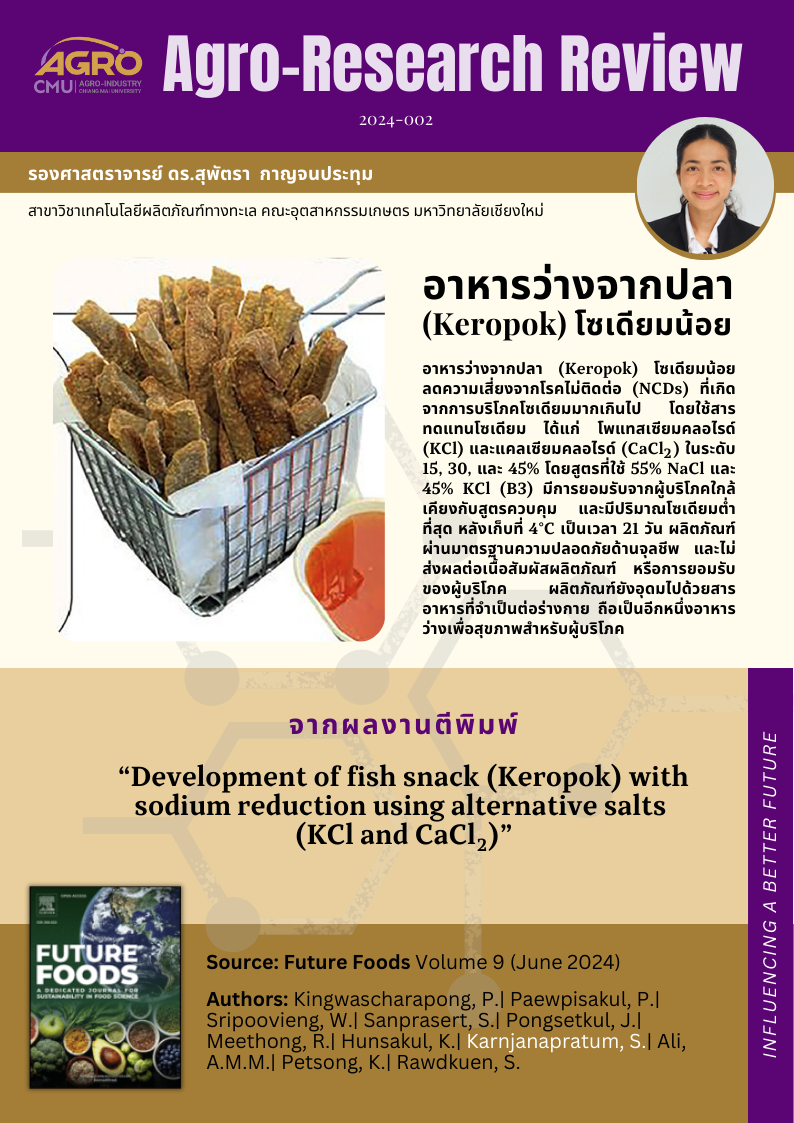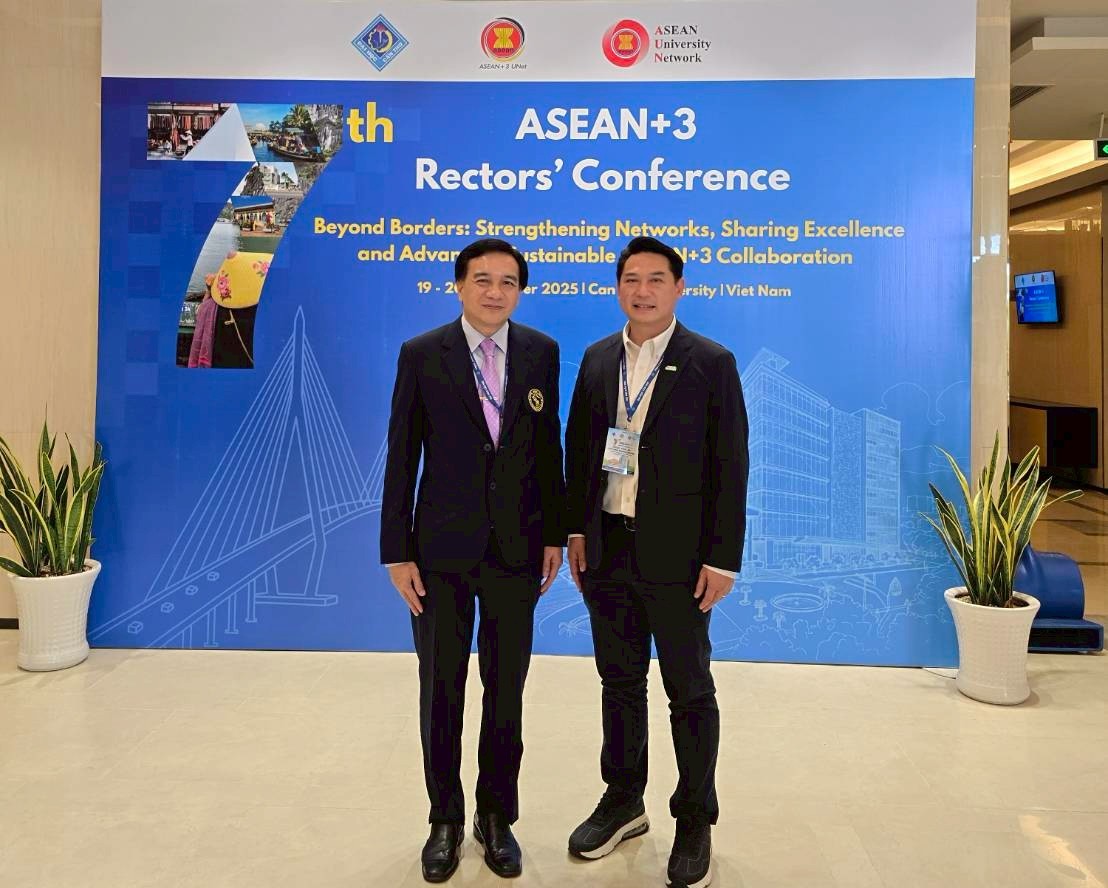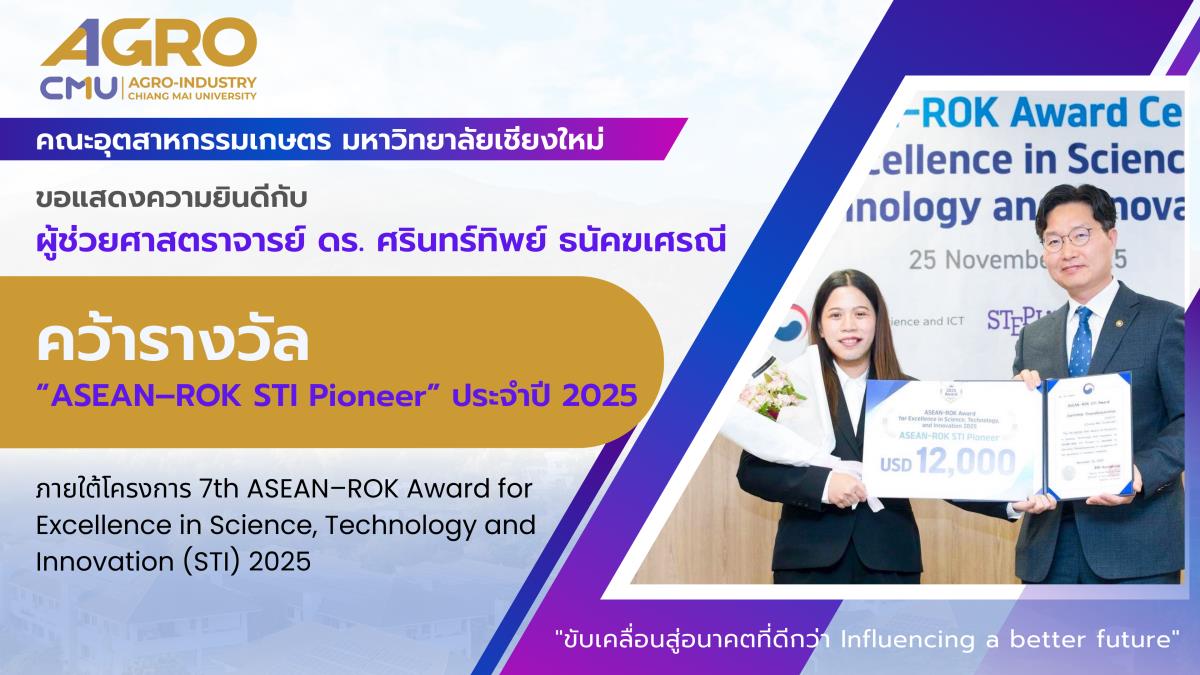
แนะนำงานวิจัย 2024-002 อาหารว่างจากปลา (Keropok) โซเดียมน้อย
อาหารว่างจากปลา (Keropok) โซเดียมน้อย ลดความเสี่ยงจากโรคไม่ติดต่อ (NCDs) ที่เกิดจากการบริโภคโซเดียมมากเกินไป โดยใช้สารทดแทนโซเดียม ได้แก่ โพแทสเซียมคลอไรด์ (KCl) และแคลเซียมคลอไรด์ (CaCl2) ในระดับ 15, 30, และ 45% โดยสูตรที่ใช้ 55% NaCl และ 45% KCl (B3) มีการยอมรับจากผู้บริโภคใกล้เคียงกับสูตรควบคุม และมีปริมาณโซเดียมต่ำที่สุด หลังเก็บที่ 4°C เป็นเวลา 21 วัน ผลิตภัณฑ์ ผ่านมาตรฐานความปลอดภัยด้านจุลชีพ และไม่ส่งผลต่อเนื้อสัมผัสผลิตภัณฑ์ หรือการยอมรับของผู้บริโภค ผลิตภัณฑ์ยังอุดมไปด้วยสารอาหารที่จำเป็นต่อร่างกาย ถือเป็นอีกหนึ่งอาหารว่างเพื่อสุขภาพสำหรับผู้บริโภค
Low-sodium fish snack (Keropok) reduces the risk of non-communicable diseases (NCDs) associated with excessive sodium intake by using sodium substitutes such as potassium chloride (KCl) and calcium chloride (CaCl2) at levels of 15%, 30%, and 45%. The formula containing 55% NaCl and 45% KCl (B3) received consumer acceptance comparable to the control formula and had the lowest sodium content. After being stored at 4°C for 21 days, the product met microbial safety standards and did not affect the product’s texture or consumer acceptance. Additionally, the product is rich in essential nutrients, making it a healthy snack option for consumers.
Topic: Development of fish snack (Keropok) with sodium reduction using alternative salts (KCl and CaCl2)
Authors: Kingwascharapong, P.| Paewpisakul, P.| Sripoovieng, W.| Sanprasert, S.| Pongsetkul, J.| Meethong, R.| Hunsakul, K.| Karnjanapratum, S.| Ali, A.M.M.| Petsong, K.| Rawdkuen, S.
Abstract:
The incidence of non-communicable diseases (NCDs) caused by excessive sodium intake is becoming an important issue that many researchers have investigated. Processing is an effective way to add value to underutilized fish species. Thus, the objective of this research was to develop a fish snack (Keropok) using reduced sodium. Two types of alternative sodium chloride (NaCl) were used, namely potassium chloride (KCl) and calcium chloride (CaCl2) with substitution at levels of 15, 30, and 45 % (w/w). The results indicated that substitution of NaCl with KCl or CaCl2 in the product had a negative effect on the cooking yield (%) (P<0.05). Using 55 % NaCl with 45 % KCl (B3) in Keropok had a consumer acceptance score similar to the control formula (P>0.05) and the lowest sodium content (P<0.05). After storage at 4 °C for 21 days, the microbial loads (Bacillus cereus, Escherichia coli, mold, Staphylococcus aureus, yeast) in B3 satisfied the requirements of the Thailand Community Product Standard (107/2011). In addition, increasing the storage time did not affect the texture of the product (hardness, gumminess, chewiness and cohesiveness) nor consumer acceptance (P>0.05). B3 was rich in nutrients (macromolecules and micromolecules) that are essential to the human body. Therefore, Kerepok (55 % NaCl with 45 % KCl: B3) could be considered as a healthy snack.
Keywords: Fish snack; Sodium; substitution; Keropok; Reduce sodium; KCl; CaCl2
View at publisher: https://www.sciencedirect.com/science/article/pii/S2666833523000709?via%3Dihub
#อกมช. #agrocmu #CMU



